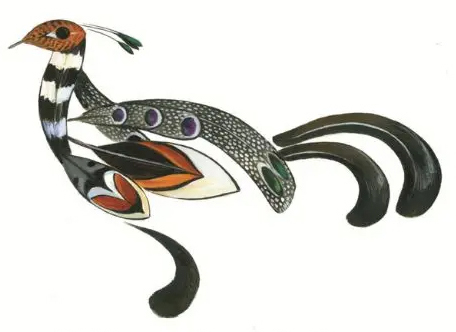Galliformes Specialist Group and Affiliated Societies

Galliformes Specialist Group and Affiliated Societies: Reports and Other Materials
Date of this Version
2000
Document Type
Article
Citation
Published by: IUCN, Gland, Switzerland and Cambridge, United Kingdon, and the World Pheasant Association, Reading, United Kingdom, 2000
Produced by: Nature Conservation Bureau Ltd, Newbury, United Kingdom
Edited by: Richard A. Fuller and Peter J. Garson
ISBN: 2-8317-0539-8
Abstract
Executive Summary
This Action Plan covers the pheasants, a group of one African species and 50 Asian ground-dwelling birds, found within Asia from the Caucasus in the west, through the Indian Subcontinent and the Himalayas to eastern China and Japan. They also occur through Southeast Asia to Flores, east of Java. They are largely dependent on forested habitats, making them highly vulnerable to deforestation and habitat degradation. As large, ground-dwelling birds they are also widely hunted for food, plumage, and the live bird trade. Consequently, many species are threatened. The first version of this Action Plan was published to cover 1995–99, and this second edition provides an update. It reviews the conservation status of pheasants and highlights recent conservation achievements (Chapter 1). It then documents the nature and extent of threats to all individual pheasant species (Chapters 2 and 3), and outlines a new set of priority tasks for implementation during 2000–04 (Chapter 4).
This Action Plan will be distributed to biologists, conservationists, decision-makers, government officials, educators, planners, grant-awarding bodies, and commercial concerns that are in a position to help. Much can be done at the local level, and projects outlined in this document should thus be considered by those with influence in the areas concerned. National and international support will also prove helpful in some cases.
Chapter 1 gives an overview of the pheasants, outlines the major threats they face, and reviews the different types of action that can be taken to protect them. This chapter is intended as a broad introduction and should be useful to those unfamiliar with both this group of birds in particular, and conservation issues in general. Chapter 2 gives the threat category of each species, listing the criteria on which this decision was based and the principal actions that now need to be taken to improve the situation. The species identified as threatened are considered in more detail in Chapter 3, which provides information on distribution and populations, ecology, threats, action taken to date, and future conservation measures required for each species.
Chapter 4 is the most important part of this document. It contains details of practical work that is most urgently required to help protect each of the threatened species. There is a great variety of work proposed, from smallscale surveys that might be carried out by university students as field expeditions, to more intensive and longerterm research projects requiring considerable financial and logistical resources. Government officials and other decision-makers can use these larger projects as a basis for high-profile conservation initiatives, either alone or in conjunction with other conservation projects in their region. This Action Plan is an appeal to anyone interested in undertaking these projects, and encourages the development of ideas in consultation with relevant local and national organisations and grant-awarding bodies, reporting all progress to the Pheasant Specialist Group.
The Pheasant Specialist Group is pleased to report a substantial increase in the amount and quality of conservation work done on behalf of the threatened pheasant species of the world since the production of the first edition of this Action Plan in 1995. Even so, many species remain threatened and are still little known in the wild. The Pheasant Specialist Group exists primarily to catalyse action on the new work set out in this Action Plan.


Comments
Copyright: © 2000, International Union for Conservation of Nature and Natural Resources
Permissions: Reproduction of this publication for educational or other non-commercial purposes is authorized without prior written permission from the copyright holder provided the source is fully acknowledged. Reproduction of this publication for resale or other commercial purposes is prohibited without prior written permission of the copyright holder.